We caught up with the brilliant and insightful Kim Borchert and Chelsea Greenwald a few weeks ago and have shared our conversation below.
Kim and Chelsea, appreciate you joining us today. Your ability to build a team is often a key determinant of your success as a business owner and so we’d love to get a conversation going with successful entrepreneurs like yourself around what your recruiting process was like -especially early on. How did you build your team?
We started Austin Doula Care in 2017 with just the two of us. We knew the importance of mentorship and quickly brought on 2 new doulas to mentor them and help them gain experience and knowledge in the field. We met one of the doulas through a local doula association and the other had been a former birth client of ours. We wanted doulas who wanted community with clients and with each other. That has been a guiding force in our company from day 1.
We have had ups and downs with the doulas we have brought onto our team. In the early days, we had 5 additional doulas and we were all good friends and had a lot of fun together. We all had a similar energy and philosophy around birth and postpartum care. As word got around about what we had built, more and more doulas wanted to join our team. We prided ourselves (and still do) on having a fantastic team, but that means we are picky. We know that we are looking for a very specific energy from our doulas. When people hire an Austin Doula Care doula, they are hiring a team of doulas. We collaborate, back each other up, and also have time together as friends.
There have been times when we have brought a doula onto the team and realized after a short time that they are not a good fit. After this occurred the first time, we instituted a 3 month trial period. It’s an opportunity for us to really get to know the doulas, have them work and get feedback from clients. It also gives them the chance to make sure this is a perfect fit for them. We learned from those experiences to trust our guts, if in the interview we feel off at all, they are likely not a good fit. We also talk to former clients of the doulas. We didn’t do that in the early days because so many of our doulas were coming to us without having worked with parents before. Now we dig a little deeper before bringing people onto our team. We also make sure the doulas know how important community is to us. They are not just coming to get work, but to be part of an integral support system for each other.
Through the years we have had as few as 4 doulas and as many as 19 on our team at once. We have learned that we want more than 4 but likely less than 19. The only way for us to truly have community is to make sure we are very intentional about who we bring to our team. When we do this, it benefits the clients and the doulas.
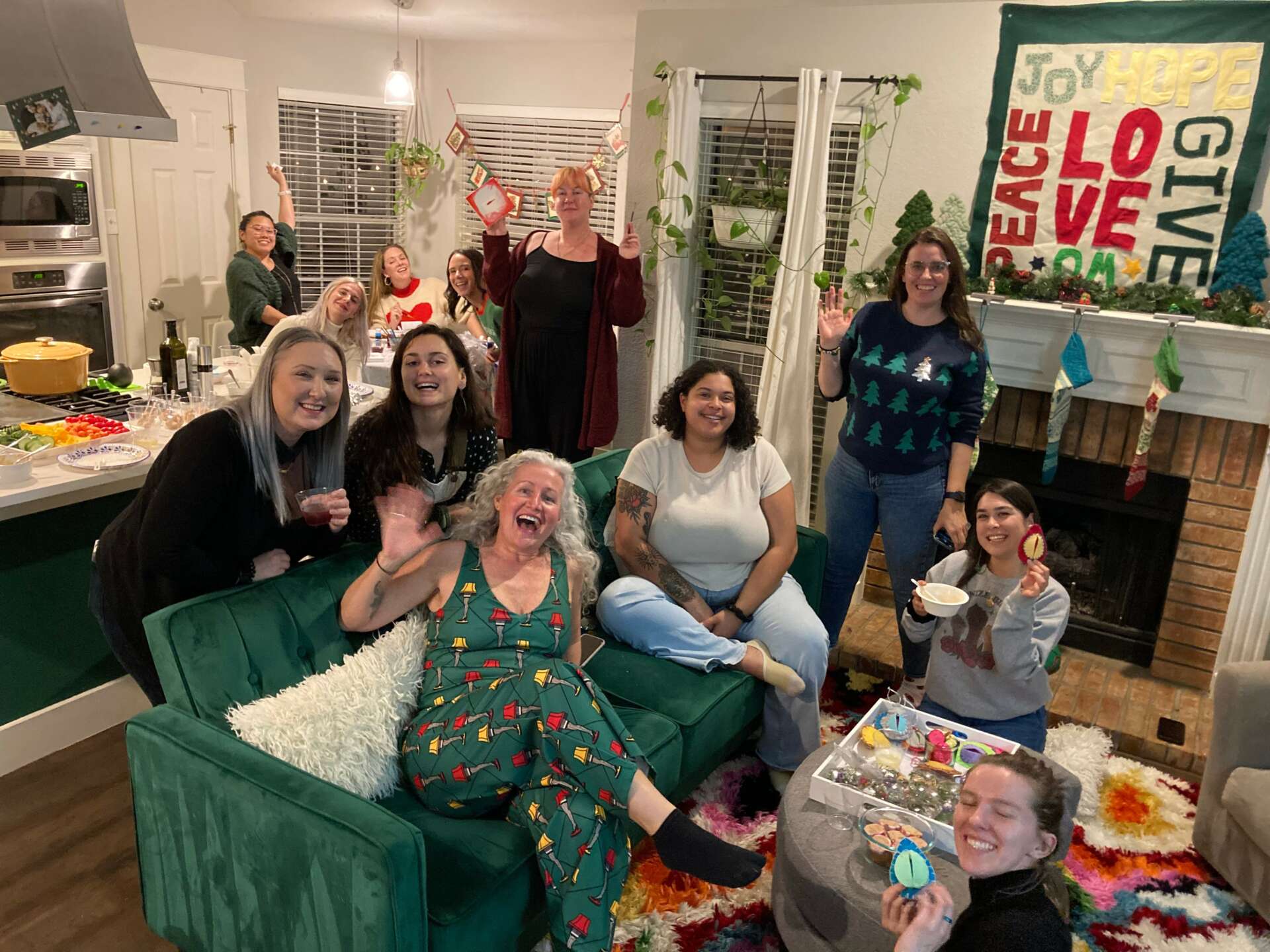
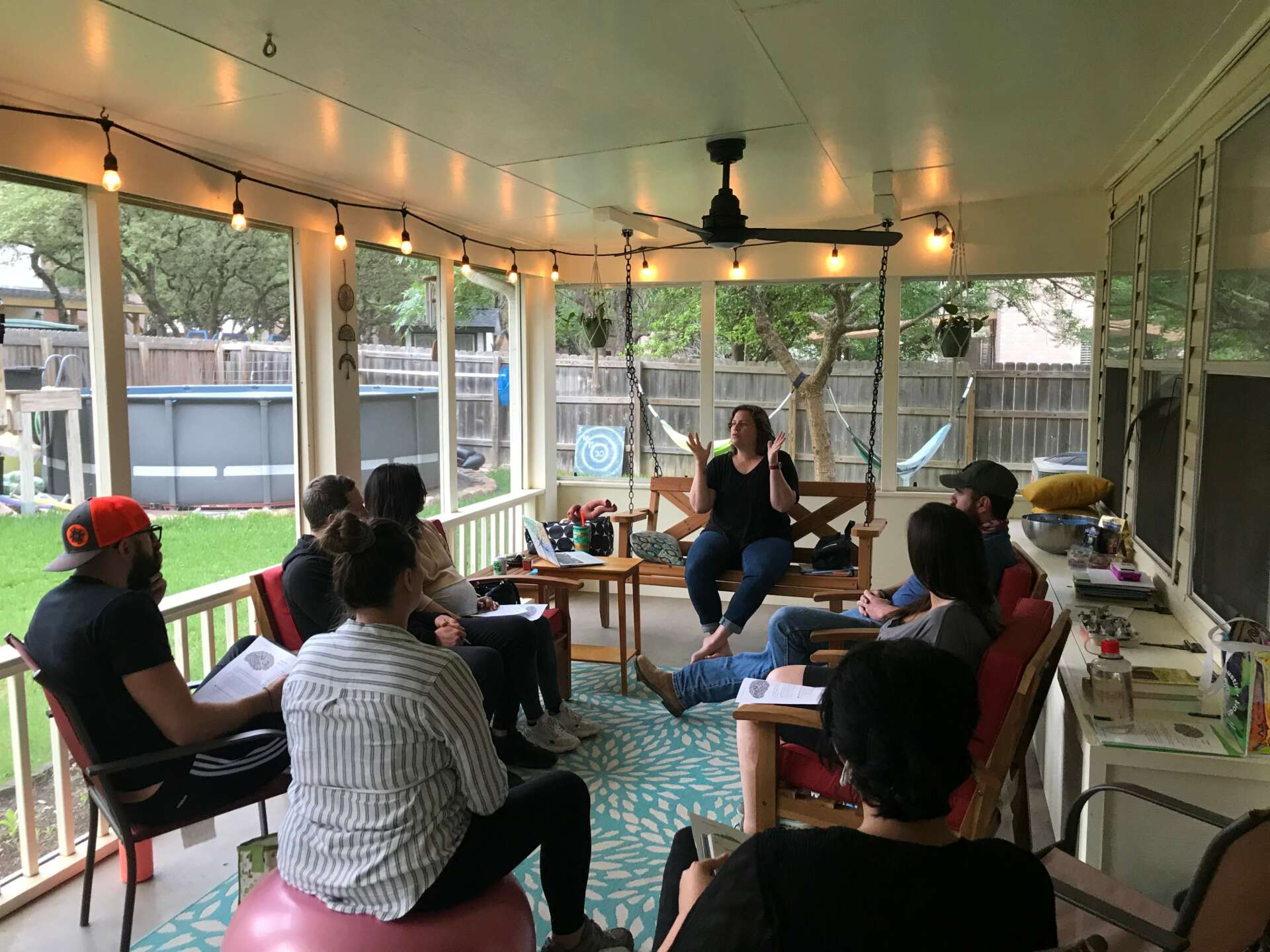

Awesome – so before we get into the rest of our questions, can you briefly introduce yourself to our readers.
Kim Borchert and Chelsea Greenwald are birth and postpartum doulas, Childbirth Educators/Mentors, and doula mentors. Chelsea is also a Certified Lactation Counselor. We each got into this work because of our own birth and postpartum experiences. Kim is the Mom of 6 children and after the birth of her first child, she knew there had to be a better way to birth. When her youngest was 22 months old, she started her doula journey. Chelsea became a postpartum doula after the birth of her 2nd child. She was rocked by that transition from 1 to 2 children and a friend introduced her to the concept of a postpartum doula. Between them, they have been doulas for 22 years and served hundreds of families.
In 2022 they opened a brick and mortar where they offer a variety of prenatal prep classes including; childbirth classes, lactation classes and support, & newborn care. They also offer postpartum support groups for the birthing parent, partner support groups, Parent and Baby classes like yoga and ASL, and pre and postpartum yoga classes. They host a bi-monthly gathering for the community to offer education and community building. They also love donating their space to local non-profits for meetings and trainings.
They are always listening to their community and finding new ways to support through classes, groups, and community building opportunities.
We are not meant to parent in isolation. Their goal is to make sure no one does.
Can you tell us the story behind how you met your business partner?
In January 2015, Chelsea did her doula training. She and Kim trained with the same organization (Doula Trainings International – DTI) and they would invite doulas working in the community to come talk to the newly trained doulas. At one point someone asked what the working doulas felt was the most valuable part of being trained through DTI. Kim answered and said, “They are like a good bra; gives great support and makes you look good”.
At that quip – Chelsea laughed and thought “I need to know this lady”.
At that time Kim had been recruited to work for another doula group and a few months in, they were looking for doulas to join their team. She remembered Chelsea and suggested she join them. They hit it off and became fast friends.
If they were ever at a long birth (16+ hours) another doula would come relieve them and let them go home to rest. Kim and Chelsea started noticing that their energy was so similar that doctors and nurses thought they were the same person.
They became doula soul. mates, had a similar vision, and have been working together ever since.
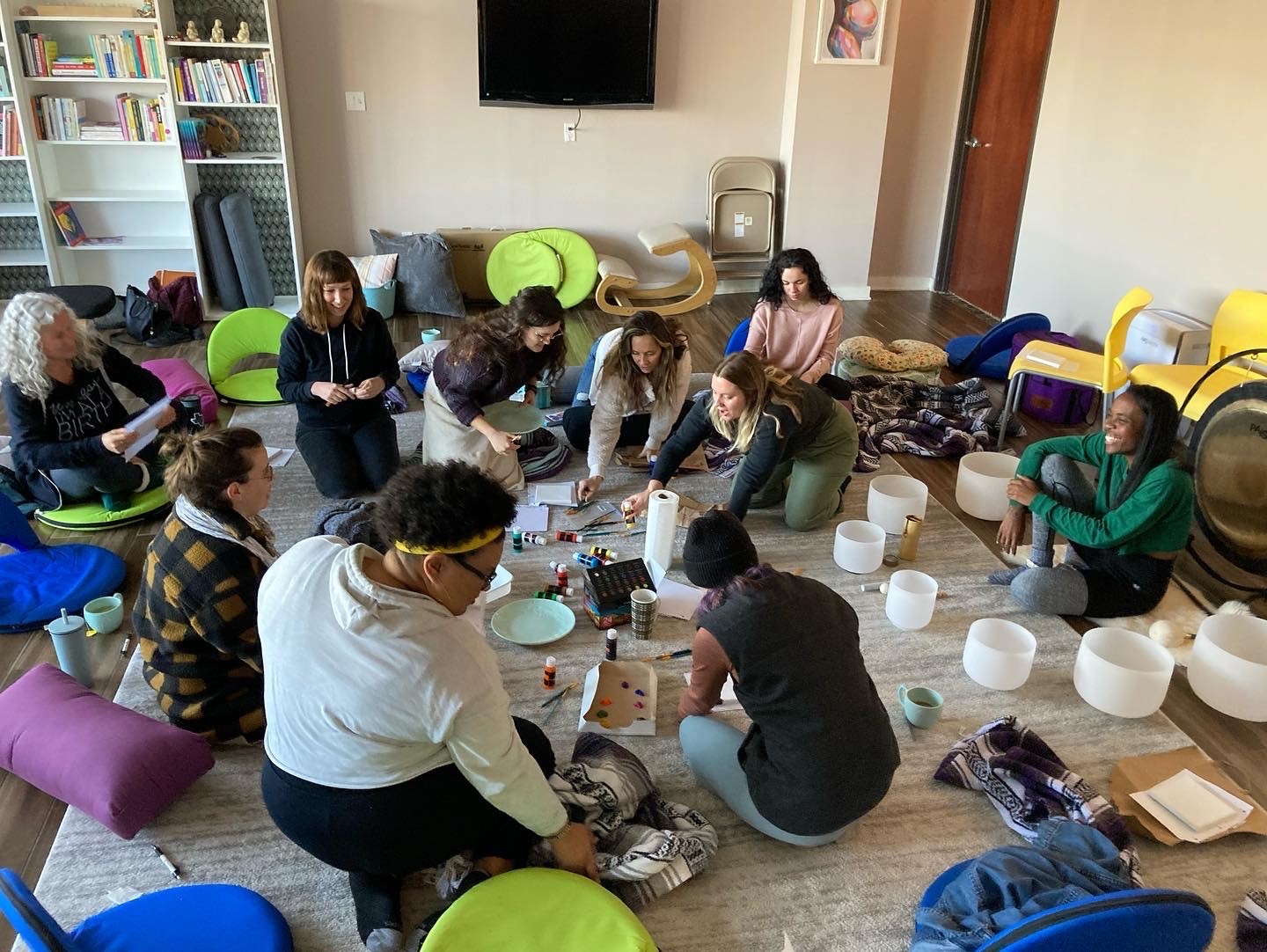
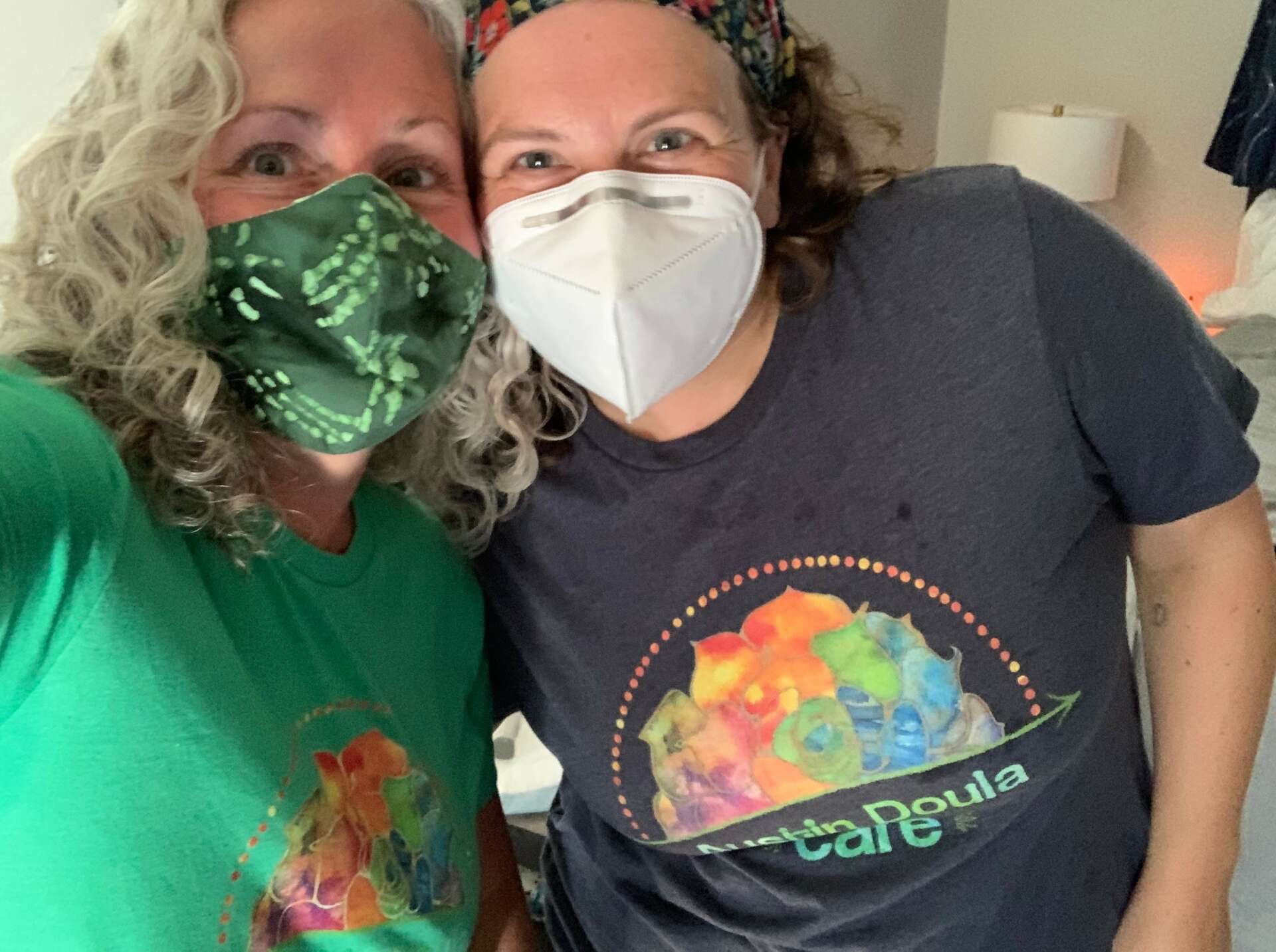
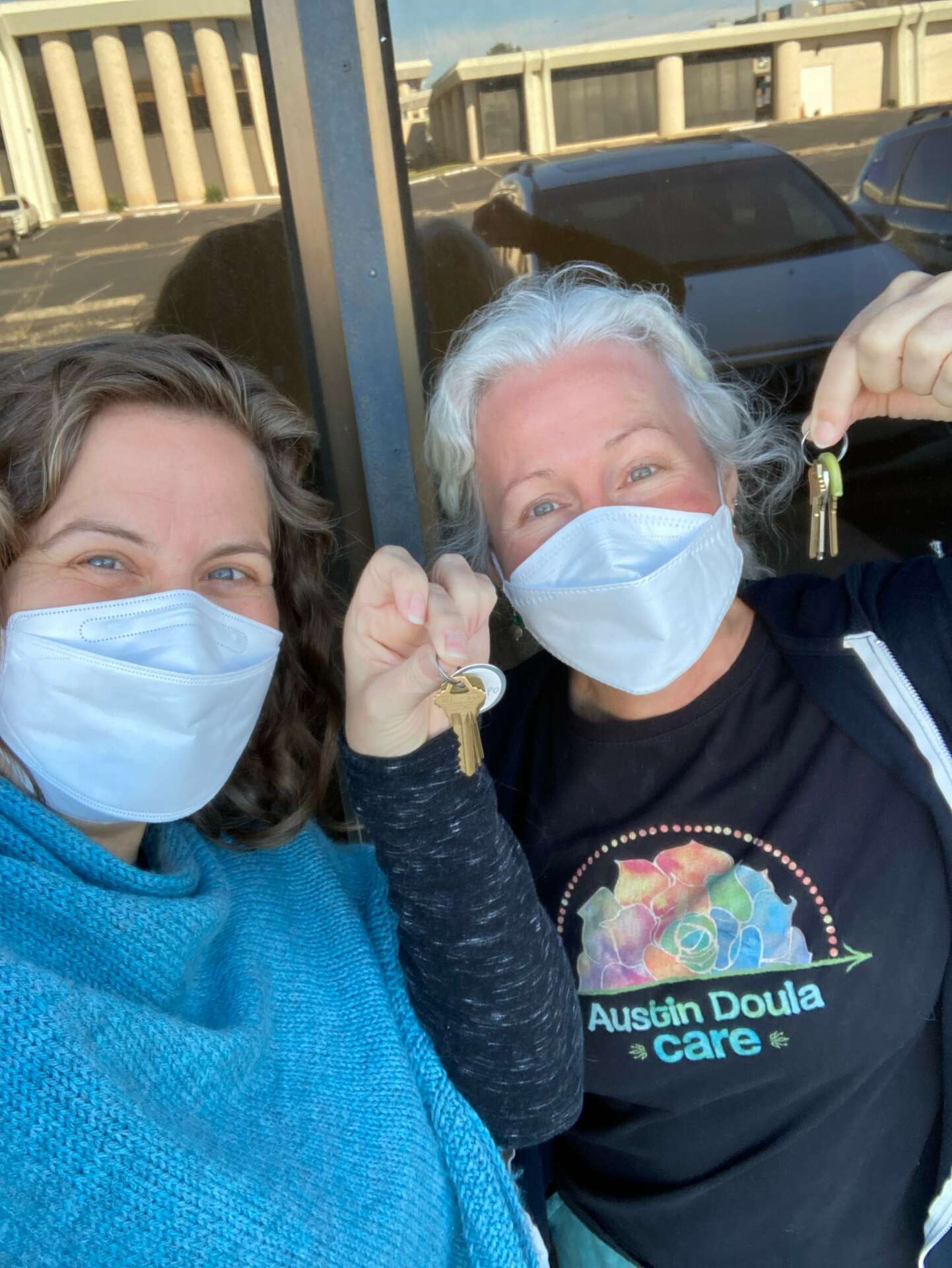
How about pivoting – can you share the story of a time you’ve had to pivot?
In the spring of 2020, the entire world learned new ways of doing, working, and living. As people who work closely and intimately with others (not much is more intimate than birth), we had to pivot in a big way.
First, we could no longer use the space we were subletting for classes and groups. We had to switch everything to Zoom and learned that some things still worked (Childbirth classes) and others did not (postpartum support groups). We realized how important the side conversations that are often had, really are.
At that time, the hospitals didn’t know what to do with doulas. We are not medical providers, but we are very much healthcare workers. In Austin, one hospital system didn’t allow doulas for a week. But the nurses advocated for us, and we were allowed back in quite quickly. We had to have our own PPE and always stood at the risk of catching this disease that none of us knew anything about. Another hospital system didn’t allow us back in for 6 months. That was when we began learning how to support people virtually. We would prepare partners by doing mini doula trainings for them. We would provide them with a bag of supplies that we would normally bring with us (LED candles, fans, and other comfort measure items). We would either labor with them at home and follow them to the hospital and then do virtual support, or in cases of inductions, we would do the whole birth virtual. Sometimes this looked like phone support, sometimes it was facetiming with them. Because we are doulas, we think best on our toes and this was no exception.
Another big pivot was that several birth centers and homebirth midwives were asking for doulas who had been in the hospital within 2 weeks of a birth, not attend the out of hospital births. For many doulas this was very difficult because that meant they had to choose some clients over others. Because we have always had a partnership model, we were able to have one doula do all in hospital births and the other do all out of hospital births.
Throughout the pandemic, we have had to be flexible and practice finding the next best thing. In so doing, we were able to model for our clients how to do the same. Because we all know, no matter how you envision your birth and postpartum time, it will not be what you expect. So that flexible mindset is very necessary.
Contact Info:
- Website: www.austindoulacare.com
- Instagram: www.instagram.com/austindoulacare
- Facebook: www.facebook.com/austindoulacare
- Yelp: https://www.yelp.com/biz/austin-doula-care-austin-3?utm_campaign=www_business_share_popup&utm_medium=copy_link&utm_source=(direct)
Image Credits
The first picture only – Casey Chapman Photography


